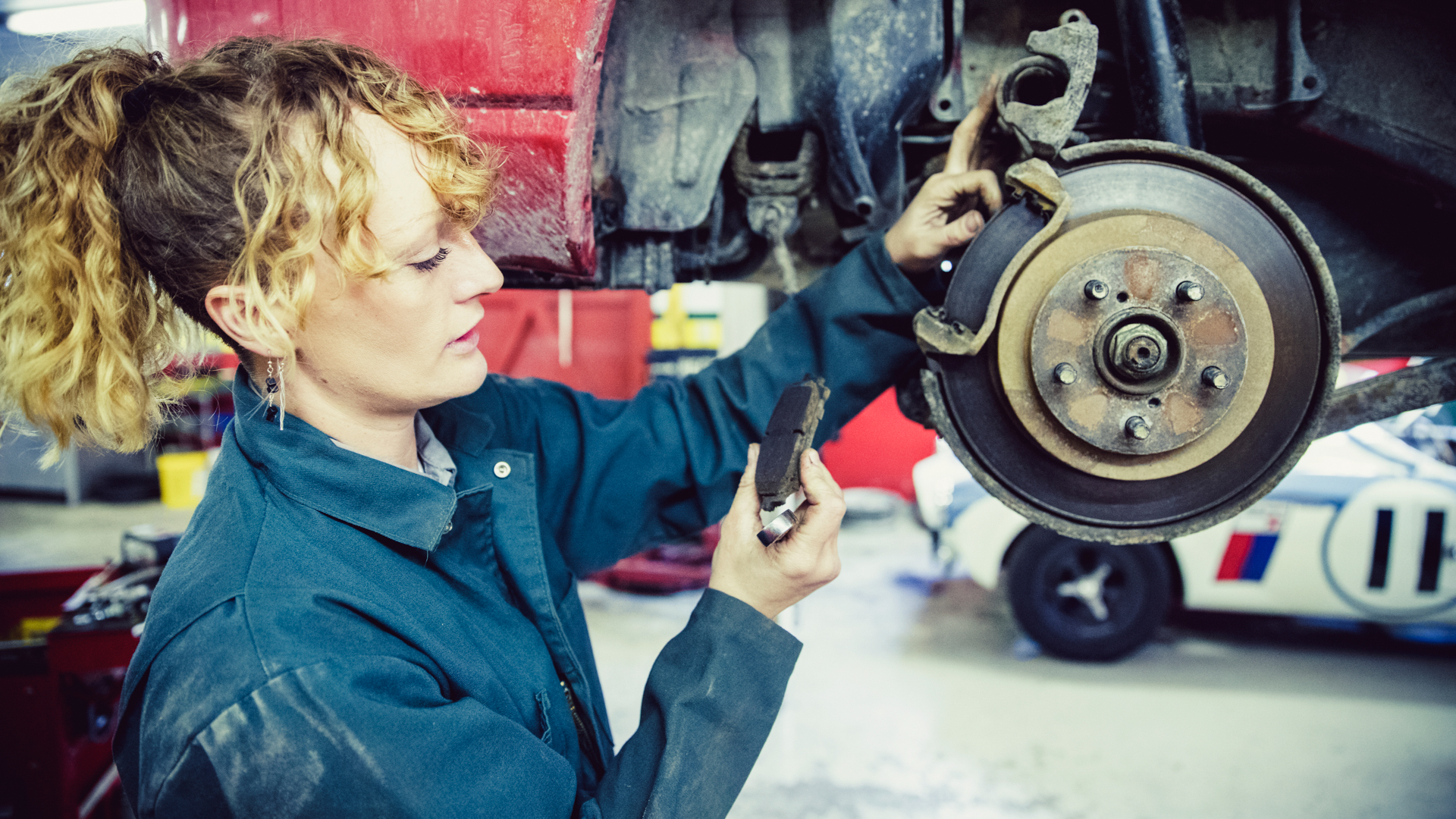
Owning a car means much more than the purchase price. Obviously there’s gas, registration and insurance, which went up. According to Insurify, auto insurance rates jumped 15% in 2024.
And of course, President Trump’s tariffs could make car prices soar, plus higher interest rates will increase monthly payments. As of June 2025, the average new car loan interest rate is 6.73% and for used cars it’s a whopping 11.9% — all depending on your credit score, per Experian’s State of the Automotive Finance Market report.
Explore More: Here’s What It Costs To Charge a Tesla Monthly vs. Using Gas for a Honda Civic
Check Out: Here's the Minimum Salary Required To Be Considered Upper Class in 2025
But there’s also other costs many don’t think about and factor into a budget. Having a car is a necessity for most, but it can really hurt your wallet if you’re not prepared. From premium repairs to pricey maintenance costs, here are three hidden fees that can drive Americans mad, according to car experts.
Paint Repair
Every time you drive, you’re exposing your vehicle to various elements like bird droppings, debris on the road and weather that can damage your paint. It’s one hidden cost most don’t consider, said Zachary McFarlane, owner and CEO at Zach Wraps.
“If you care about your paint job, fixing these chips or respraying panels can run anywhere from a few hundred bucks to a couple grand,” he explained. “The best way to avoid this added cost is getting paint protection film (PPF) applied to your car on the front end.”
According to McFarlane, investing in protecting the paint is cheaper than repainting the hood or bumper down the road and suggest calling around a few places to get the best price.
Read Next: 12 SUVs With the Most Reliable Engines
Synthetic Oil Premium
Staying on top of oil changes is vital for the performance and lifespan of a car, but what some drivers might not realize is how expensive the routine maintenance can cost.
Certain cars like German vehicles requiring synthetic oil can run anywhere between $12 and $20 per quart above conventional oil prices, which results in total additional expenses of $100 to $200 for each oil change, according to Alan Gelfand, owner at German Car Depot.
“Vehicles with luxury V-6 and V-8 engines that experience higher operating temperatures need synthetic oil, because it provides better thermal stability and shear protection,” he explained. “Not using synthetic oil can result in sludge formation and increased engine deterioration, which demands expensive future maintenance.”
While it’s necessary to use synthetic oil for some cars, you can save money.
“Buying a 5-quart jug at once costs less per quart than purchasing separate bottles,” Gelfand said. “Some independent mechanics provide flat-rate packages which combine filter costs with labor fees and disposal services for their in-house oil programs.”
While it’s important to follow the guidelines of what your car needs, Gelfand explained “responsible stretching of service intervals becomes possible for vehicles that drive mostly on highways and participate in oil analysis programs which allows for 7,500-mile service intervals.”
Brake Pad and Rotor Wear on Performance Brakes
Brakes are another cost owners should expect to face, but the pads and rotor wear could drive up the cost.
According to Gelfand, The cost of high-friction brake pad compounds reaches $300 to $600 per axle when used alone and rotors cost an additional $200 to $400 per piece. The frequent pad replacements required by track driving extend to every 5,000 miles instead of the typical 30,000-mile cycle.
“Stamped-steel performance rotors maintain consistent brake action but experience increased wear and may develop warping issues due to excessive heat,” he explained. “The combination of low-profile tires creates conditions for calipers to become exposed to road grime which accelerates corrosion and wear.”
To help cut down on expensive costs, upgrade to ceramic brake pads because they have longer life expectancy while producing less brake dust despite their higher initial cost.
“The combination of slotted or drilled rotors provides better heat dissipation which extends both rotor life and pad durability,” said Gelfand.
Another important thing to do which can save money is to wash and inspect regularly.
“Cleaning around the brakes after salty or muddy drives prevents premature seizing,” per Gelfand.
More From GOBankingRates
- 3 Luxury SUVs That Will Have Massive Price Drops in Summer 2025
- 4 Things You Should Do if You Want To Retire Early
- 6 Big Shakeups Coming to Social Security in 2025
- 25 Places To Buy a Home If You Want It To Gain Value
This article originally appeared on GOBankingRates.com: 3 Hidden Car Costs in 2025 That Are Driving Americans Mad







